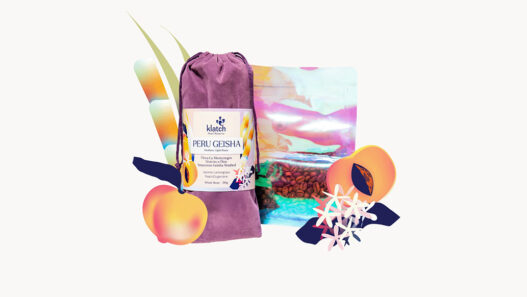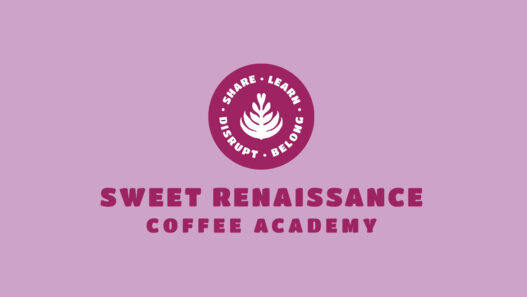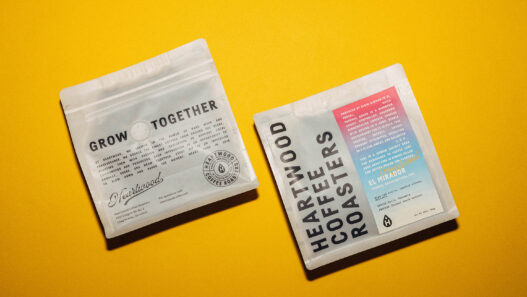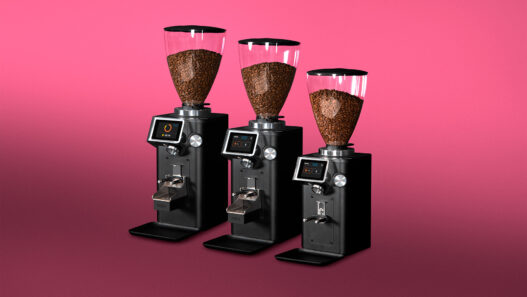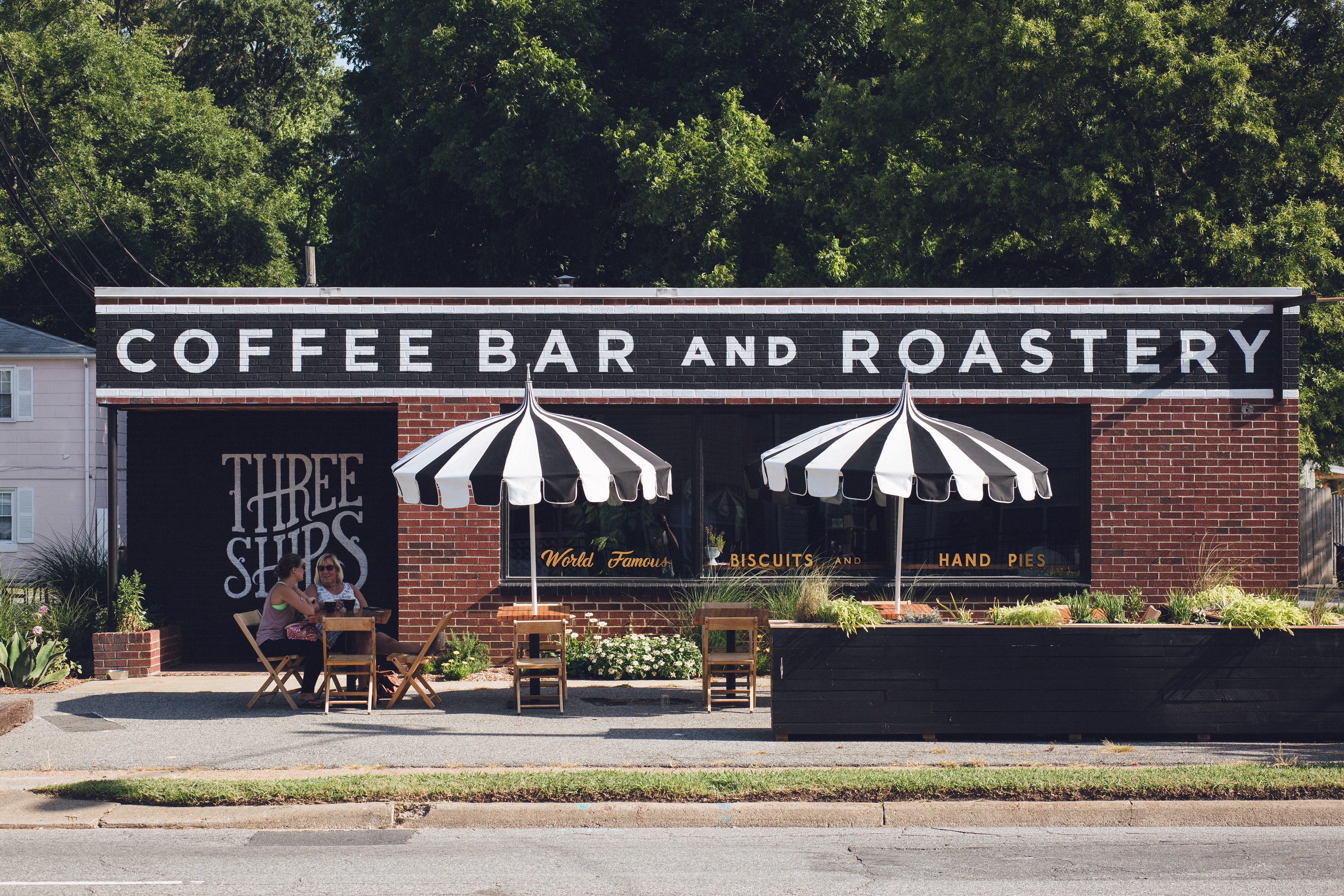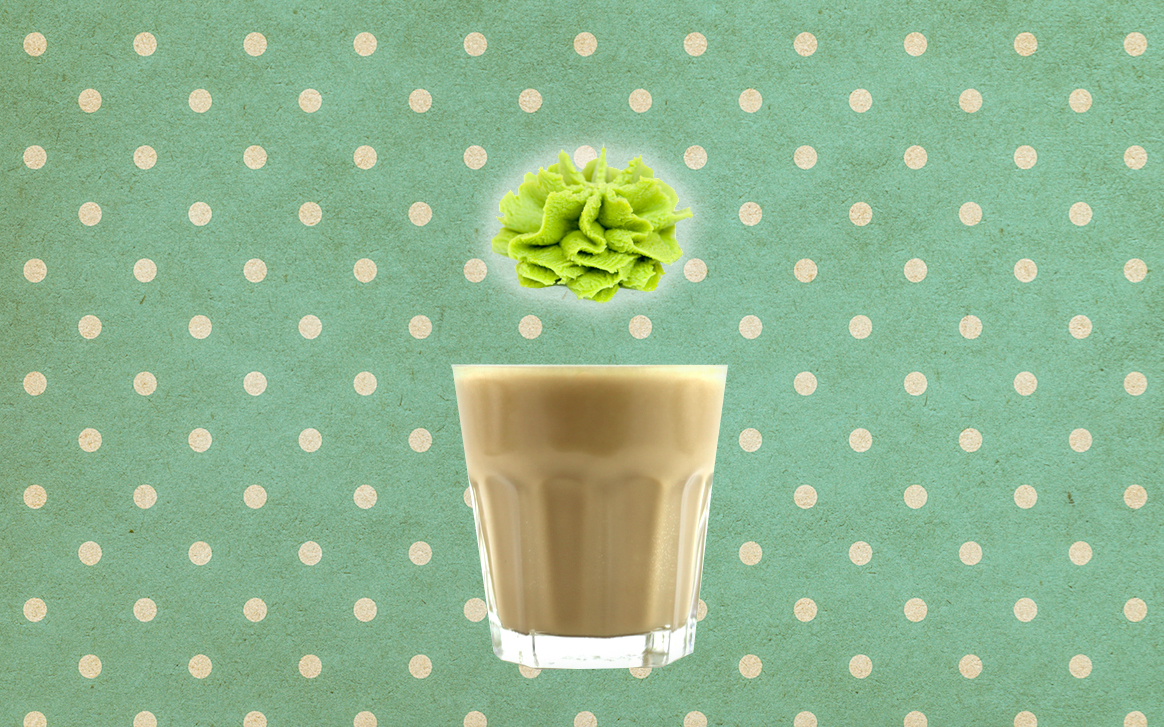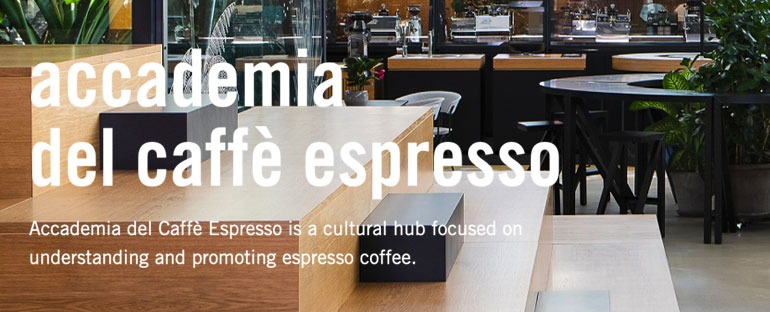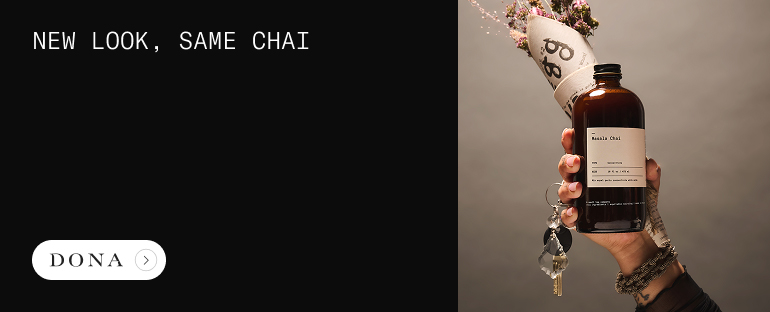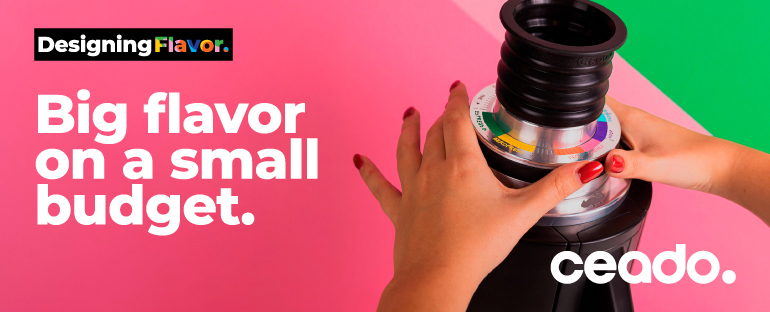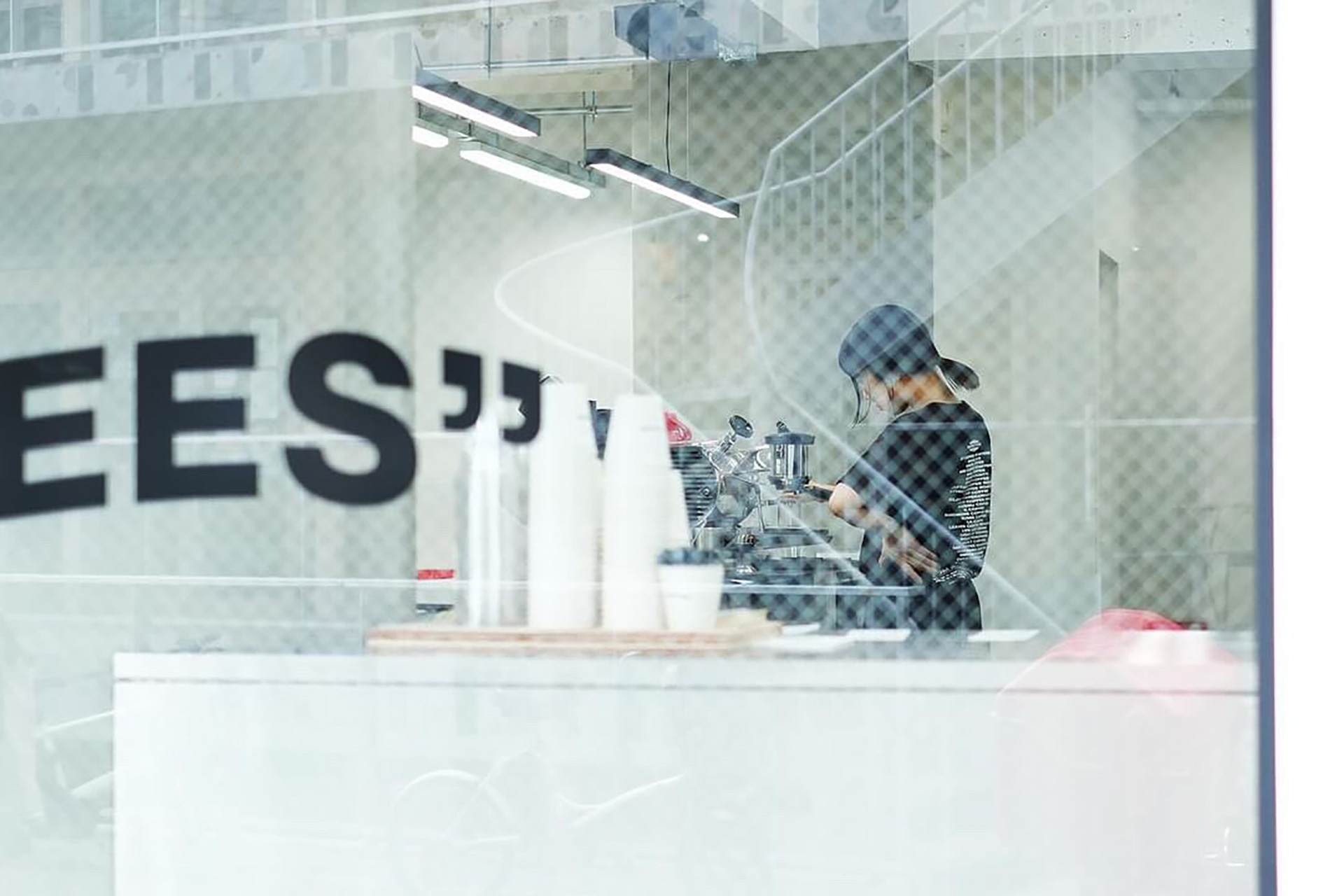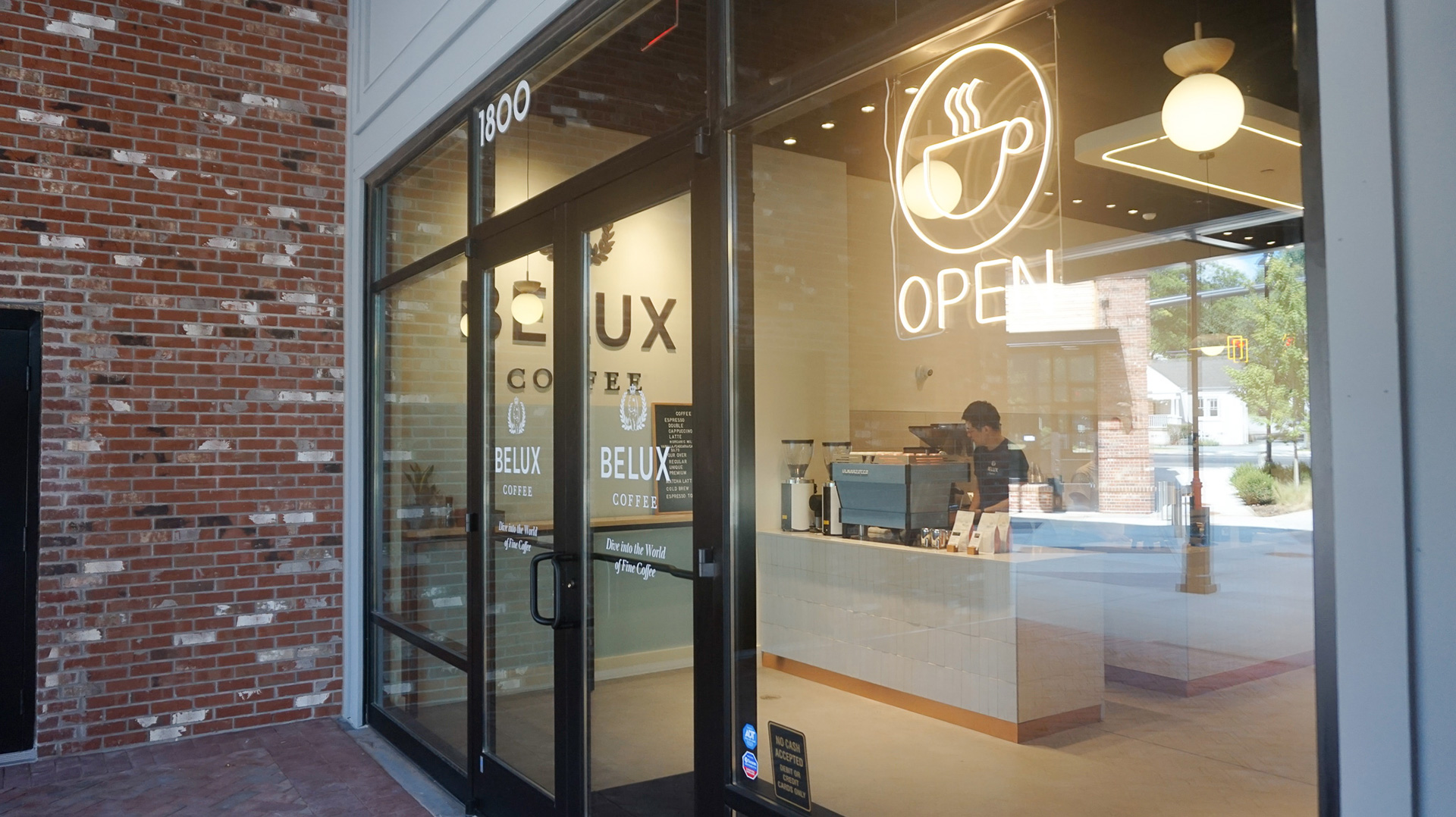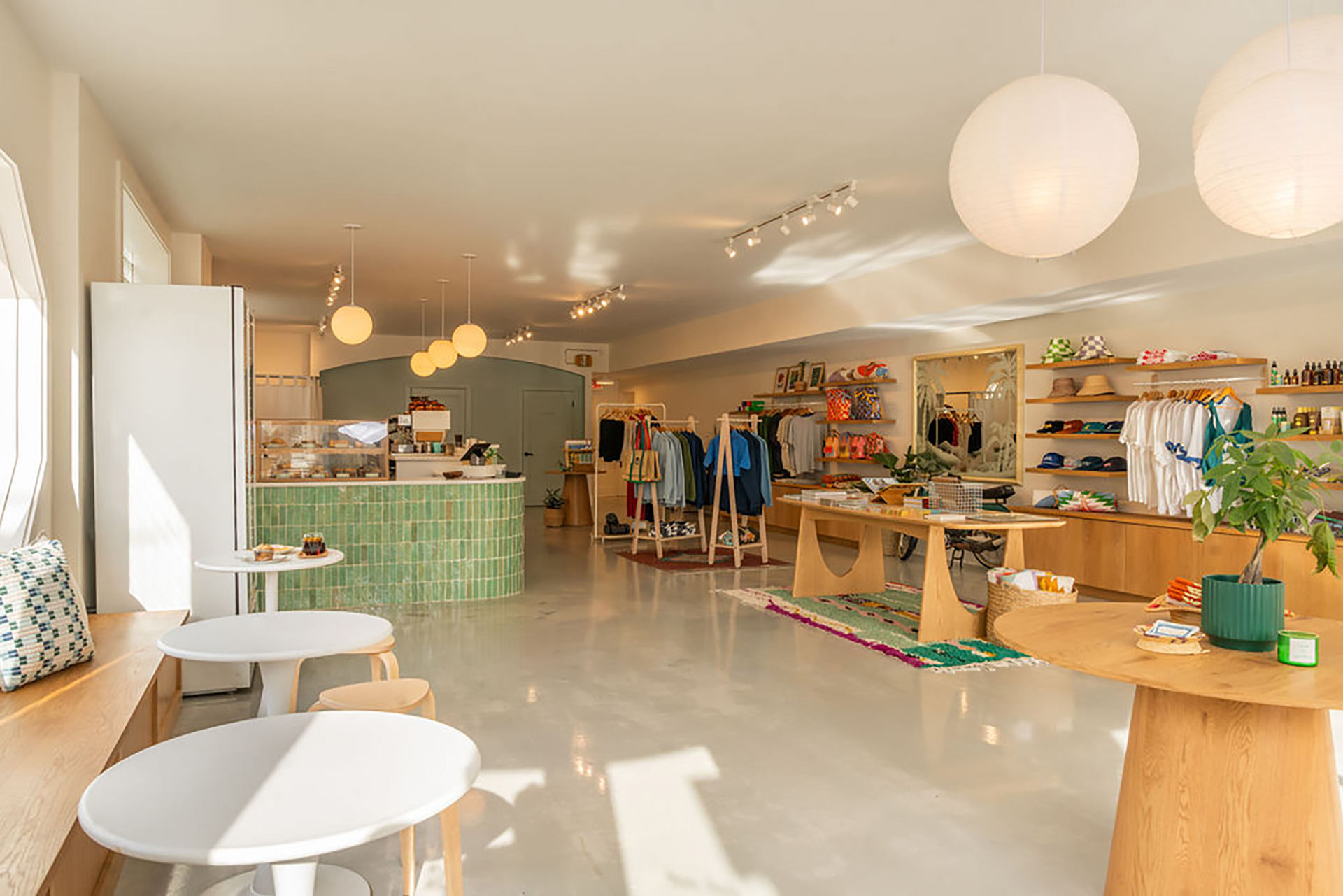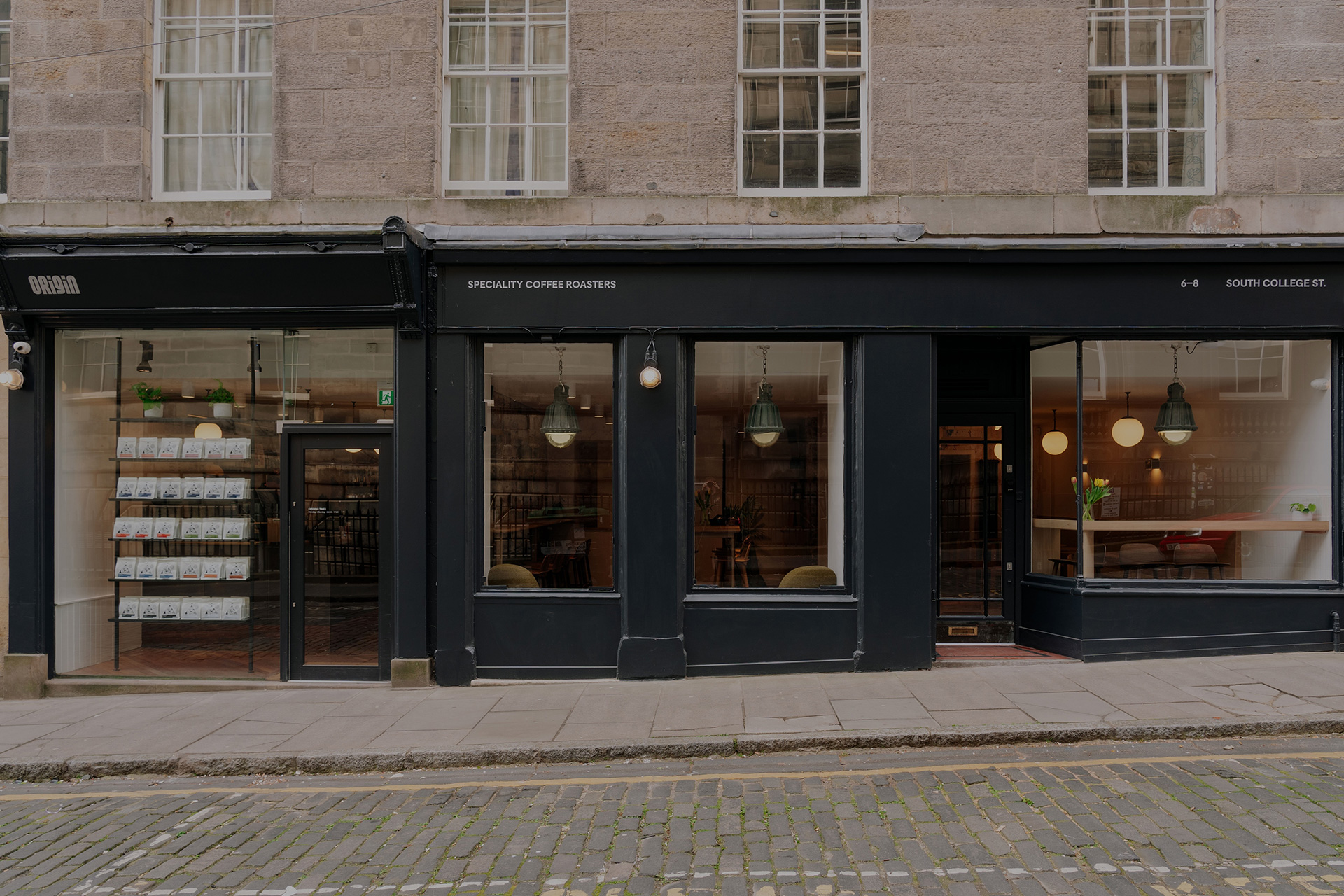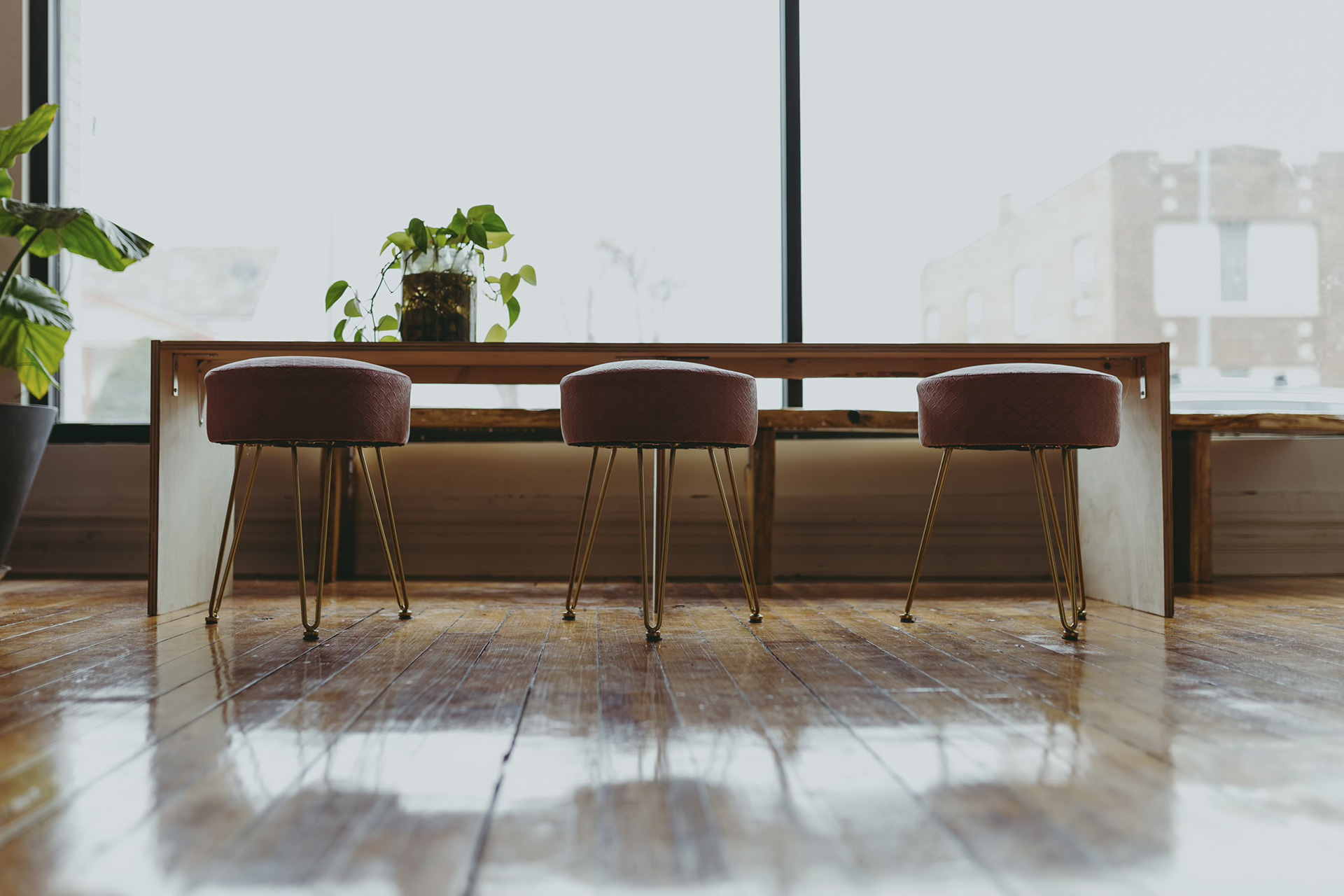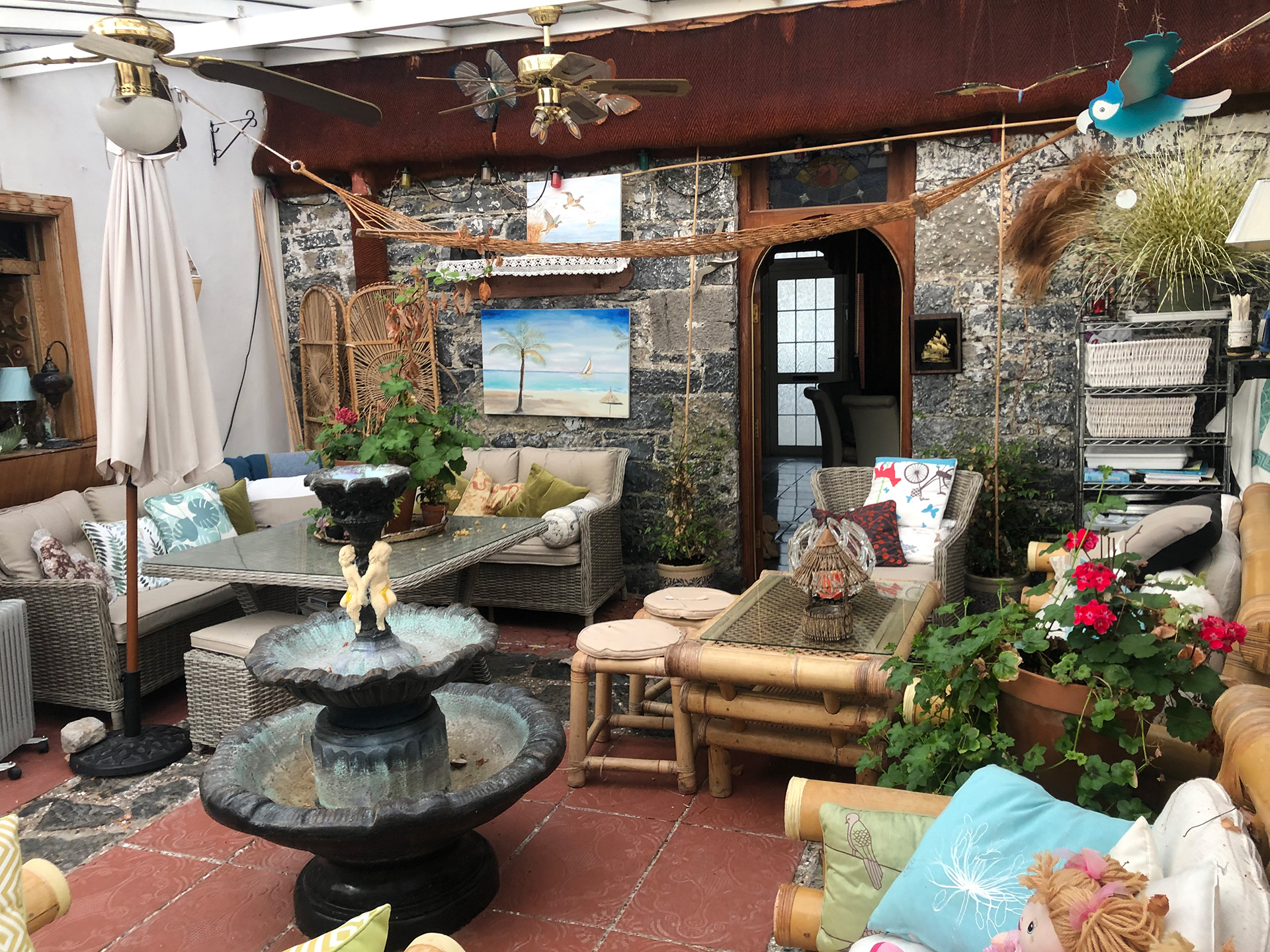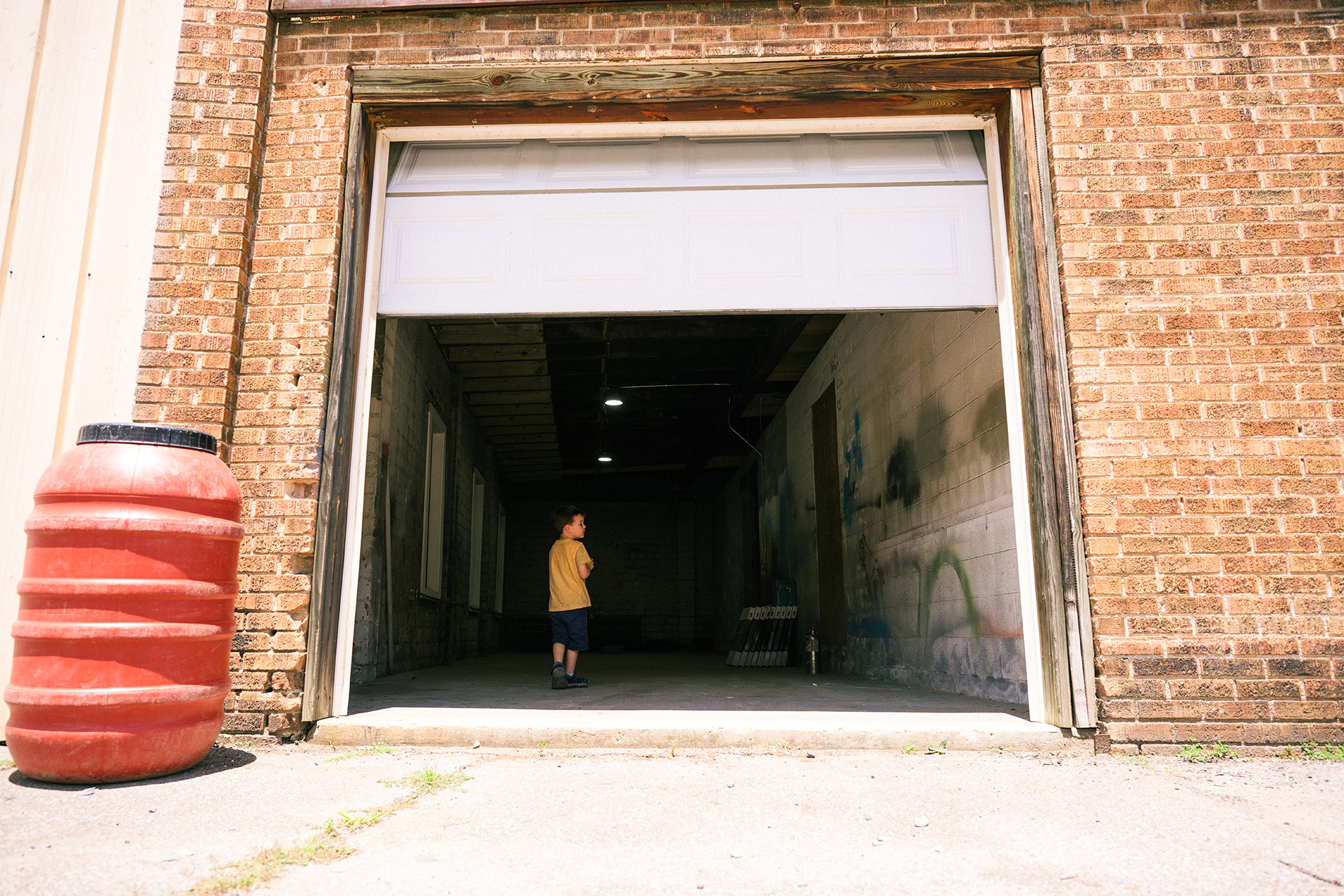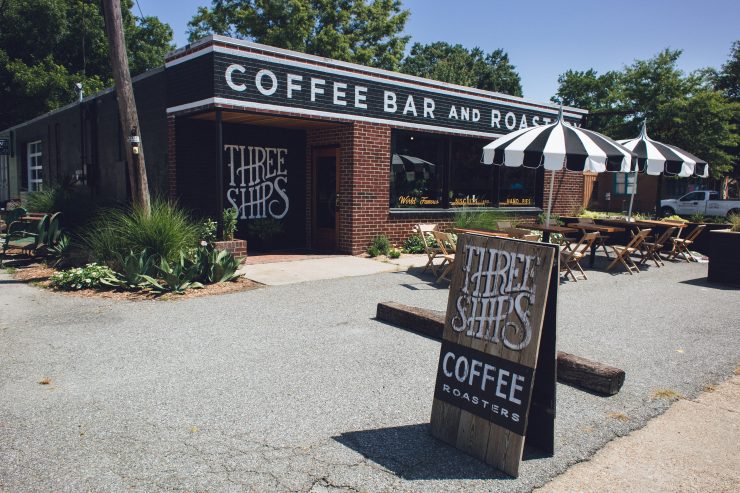
Inspired by the earliest New World colonists, plus James Freeman of Blue Bottle, the team at Three Ships Coffee are setting sail on an adventure of their very own in Virginia Beach. From roasting in their garage to their brand new 2,000-foot space, this is Three Ships Coffee.
As told to Sprudge by Brad Ewing of Three Ships Coffee Roasters.
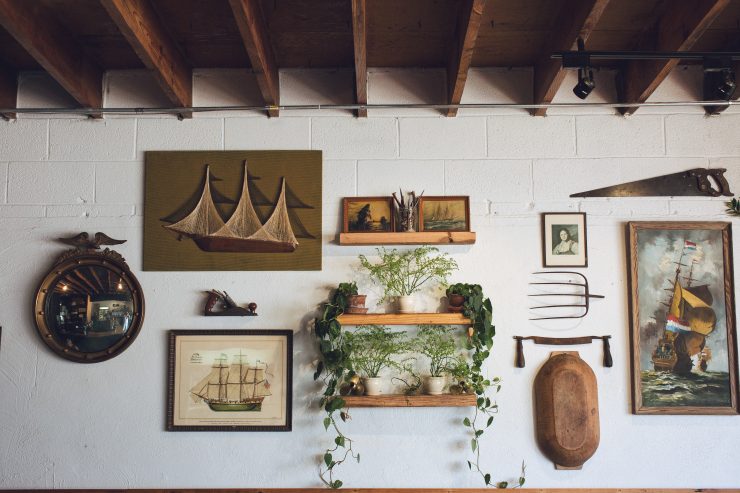
For those who aren’t familiar, will you tell us about your company?
In 1606, the Virginia Company of London set sail for the New World. A grueling year later, the Susan Constant, the Godspeed, and the Discovery made landfall in modern-day Virginia Beach.
Three Ships is an homage to the adventurous spirit of the settlers of Jamestown, Virginia. More importantly, we wanted to inspire a pride of place that doesn’t come as easy as you might think in these parts. On a personal level the “Three” in Three Ships Coffee Roasters has always symbolized balance for Amy and I. Like a lot of folks, we wanted to escape our corporate jobs and focus on doing something inspiring. In coffee, we found an amazing way to balance both of our talents.
From day one we set out to do something special here in Virginia Beach. Inspired by the story of James Freeman of Blue Bottle, we started off small. Our first build-out, three years ago, was installing a vintage Diedrich IR7 in our garage. Amy took to roasting right away, and we sold our coffee at the local farmers’ market. It was just a pipe dream and we didn’t know where it would take us.
We were fortunate to have some great guidance early on from both Jason from Thunderkiss Coffee in Columbus, Ohio and the crew at Lamplighter in Richmond. As we further developed our roasting style, we had immeasurable support from David Latourell in our first winter and thereafter. Our coffee has been a bit of an enigma even locally until the last year, because there were only a few places that were open to Third Wave coffee. A lot has changed for us now that we have an amazing space that our business can call home. It is just a short bike ride from our original garage roastery and literally on the doorstep of the Old Beach Farmers Market where we got our start.
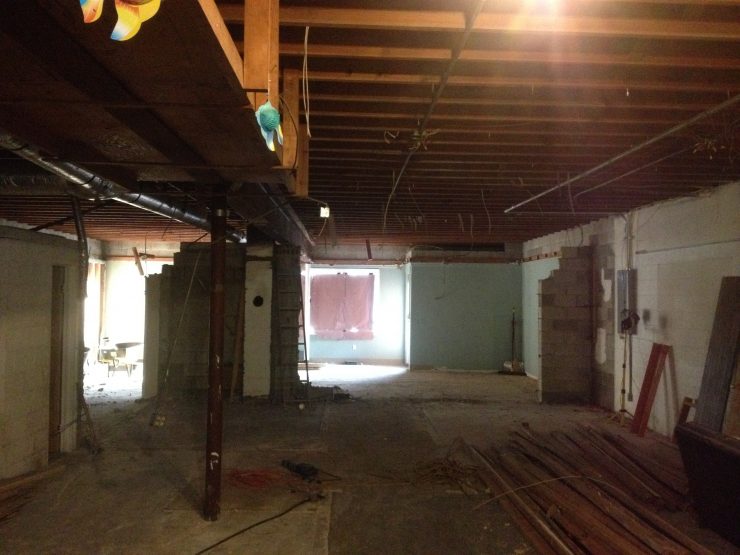
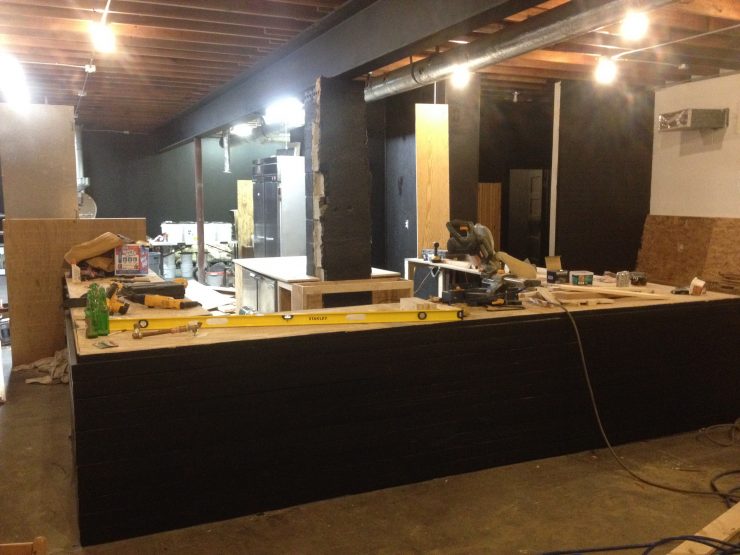
Can you tell us a bit about the new space?
In our new 2000-square-foot space, we wanted to create an open and highly functional space that communicated an elevated coffee experience while having the warmth and charm of a local watering hole.
Our large wood-topped coffee bar surrounds a large wooden masthead column. Amy and I were very excited about the design of our bar because the customer can see all the angles of the pour-over and espresso bar, but the typical clutter of the backbar is hidden behind the column. The majority of our seating is a large and surprisingly comfortable wooden banquette that makes it difficult not to lounge around. Several days a week you can see our baking crew in the back making from scratch biscuits and assembling our sweet and savory hand pies.
We built a cupping/training lab in between the roaster and the end of the western portion of the bar to allow the roaster to focus. Our Diedrich IR12 sits proudly in view of the western bar with a mural of the Virginia Company contract hung proudly behind it.
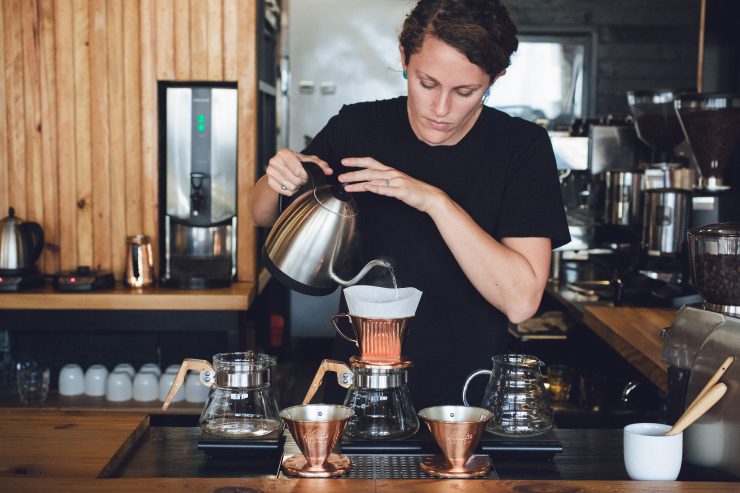
What’s your approach to coffee?
If our approach to coffee is different it is because we don’t come from the coffee industry. Amy was in the wine industry and has a WSET 3 certification and I was a 13-year desk jockey. We don’t have any preconceived notions about what specialty coffee should taste like, so we create what we think tastes good. We work hard to find the best new crop of coffees and show our respect to its origin by listening to the bean on the cupping table. We then make subtle adjustments and decisions on what we taste and ask ourselves what is the best expression of this coffee. This approach allows us to profile coffees that exhibit a multiple range of complexities. Our ideal bean has mouth complexity while being clean with sugary notes. Each new coffee we release starts on our pour-over bar, where we feel it is best celebrated. We focus on the one coffee for a few weeks and then typically rotate that coffee to single-origin espresso. Depending on whether the coffee profile is bright enough, we will also give it a run on tap as a single-origin cold brew.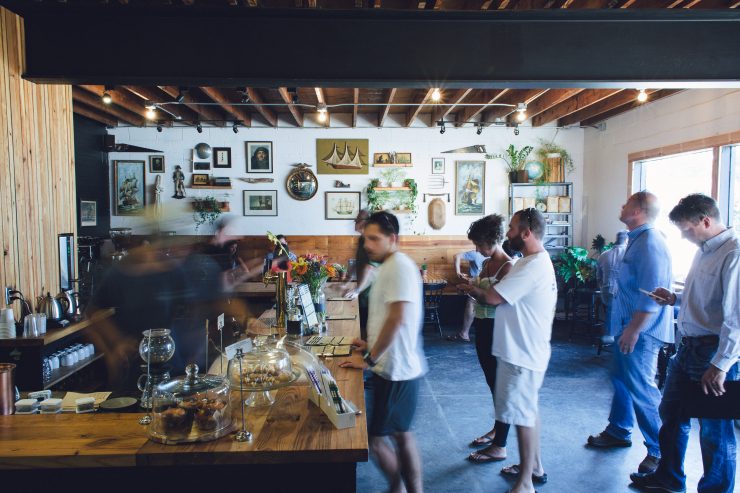
Any machines, coffees, special equipment lined up?
Our equipment has been bootstrapped, much like our business in general. In order to succeed, we had to focus on the essentials. Our custom Dietrich IR12 coffee roaster is the focal point of the space and the most important tool we have. Our ’90s La Marzocco two-group Linea is a source of pride to us, because it was the first project that allowed my father to be part of what we are doing. We purchased it used, and it had been poorly maintained… actually, it was pretty gross. Being a retired engineer, Big Jim rebuilt it completely. Since then, it produces clean and crisp shots, day in and day out. We use Kalita cones and a Baratza Forte on our pour bar. Our workhorse grinder is a beater we bought in the first month of business, and it’s a tank.
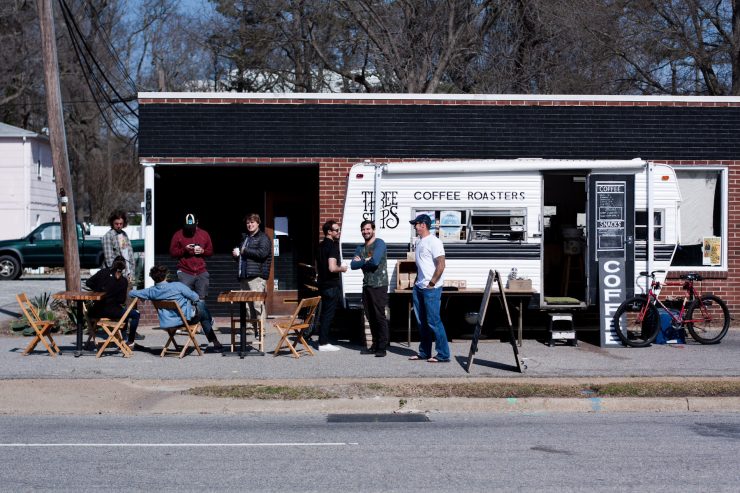
What’s your hopeful target opening date/month?
We popped up outside the space during the winter and opened with a soft opening after four months of a build-out. It was a race against the odds this past winter. We recently extended our hours until six daily and offer an expanded lunch menu. Our roasting facility and cupping/training lab remain in flux and under construction. I would love to say we are almost done, but know it’s not true because Amy and I don’t know how to stop improving.
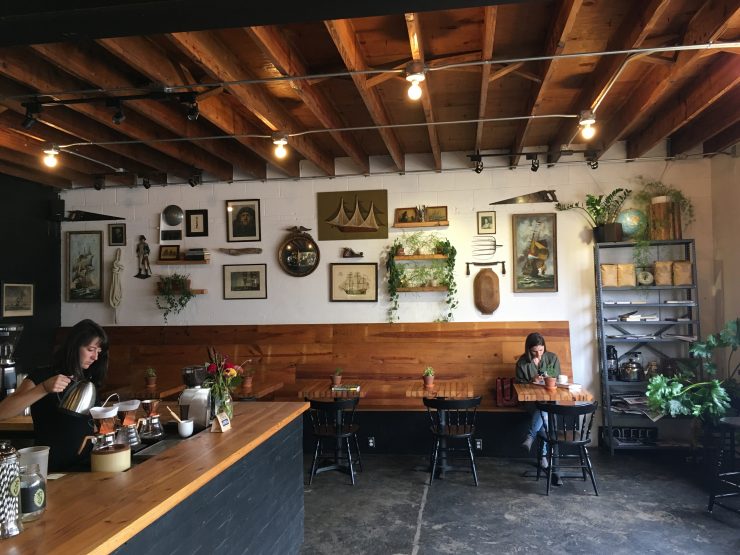
Are you working with craftspeople, architects, and/or creatives that you’d like to mention?
We are proud to be a bootstrap business that relies on blood, sweat, and tears to get things done. This space is a testament to that, having been built almost entirely with the dedication of family and friends. Though we will never put our family through that again, we are very proud of what we have created and the warmth we provide to our customers every day.
A lot of the space design came organically with a lot of cup in hand research. We traveled to Portland, Los Angeles, and throughout the South to gather ideas of both form and function. We worked closely with Jeremy Maloney from WPA in Norfolk on the architectural layout and got detailed design cues from our branding consultant, Jen Lorentzen at Clutched Key Collective. Our friend and neighbor, Igors Custom Signs, played a huge role in transforming the exterior of the building with his hand-painted signage on both the brick and the windows.
Our landlord, Wave Riding Vehicles, had the vision to pair us up with three other great businesses in one building: North End Bag Company, Benevolent Design Company, and Igors Custom Signs. This makes for a lively place out back any day of the week where collaboration seems to be natural.




